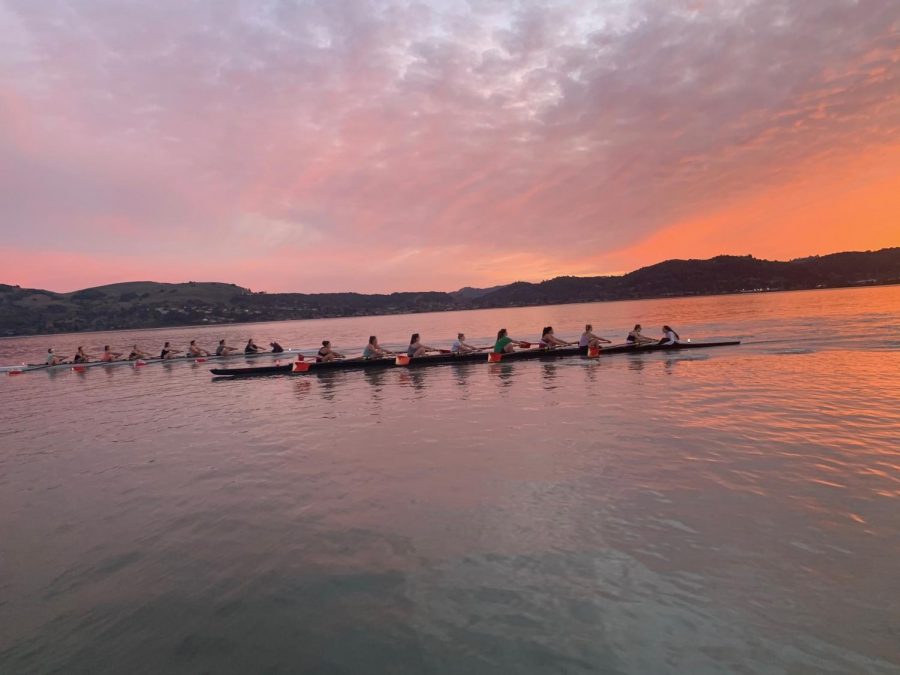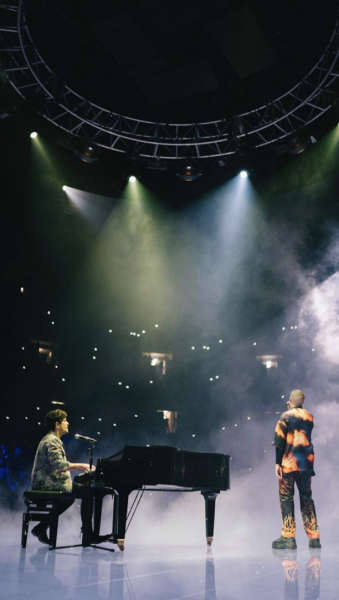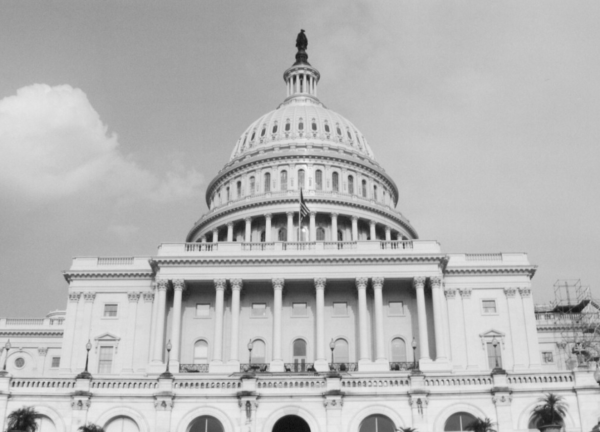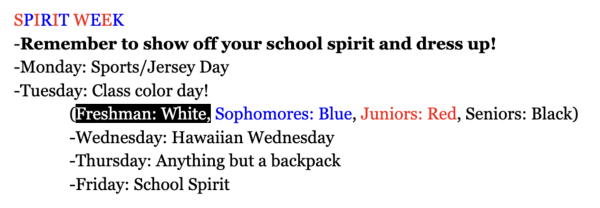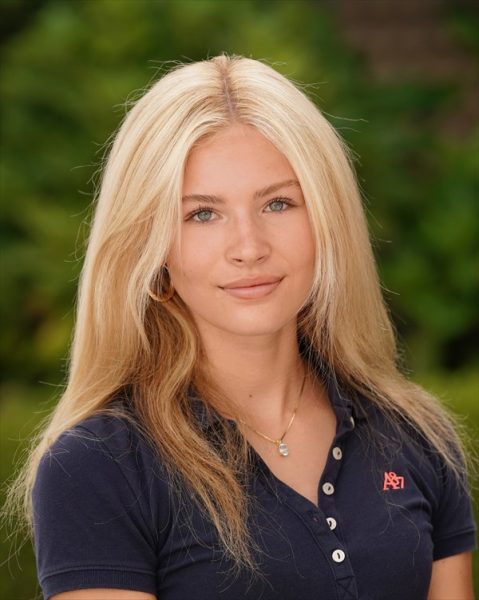College recruitment turns virtual
NCAA bans in-person contact between coaches and athletes
Kerry Krzynowek | WITH PERMISSION
Senior Ella Ghazinouri practices with Marin Rowing Association in Greenbrae during sunset. Ghazinouri is contacting Division-I coaches virtually since the NCAA has banned in-person recruitment.
September 24, 2020
The National Collegiate Athletic Association has banned all in-person Division-I recruiting due to COVID-19 health concerns until Jan. 1, but coaches are allowed to be in contact with athletes as long as it follows the NCAA’s recruiting guidelines.
“We are heavily relying on film to evaluate, but also trying to talk to the players as much as possible,” Kristin Jones, the head women’s soccer coach at University of California San Diego, said. “Our staff has treated this time as a good way to get to know players on an individual basis and get to know their personality.”
The National Collegiate Athletic Association has declared a recruiting “dead period” during which all in-person contact between athletes and their parents and coaches is prohibited and all communication is virtual.
“There are both benefits and downfalls to this way of the recruitment,” senior Ella Ghazinouri, who is seeking recruitment for rowing at Division-1 colleges, said. “A benefit is that talking to coaches virtually really speeds up the process and some of my teammates have already committed to schools.”
Ghazinouri is still attending socially-distanced practices where her team rows on individual boats or uses indoor rowing machines at the Marin Rowing Association. To communicate with coaches outside of practice, Ghazinouri uses the app Next College Student Athlete.
“The hardest part of this recruitment process is that I cannot visit any schools or meet any coaches which is a very important part of choosing a school,” Ghazinouri said. “Also, I can’t watch teams from certain schools practice.”
Because there are no in-person evaluations, students have become creative with their recruiting profiles, such as making videos and YouTube channels which showcase their skills, according to Jones.
“The students who are being recruited this upcoming year are the ones that really love the sport,” college counselor Thomas Esponette said. “These athletes will have to step out of their shell and produce materials and make videos for recruiters, whereas before, coaches would come to them.”
Division-I fall sports have been postponed to spring 2021 and will play simultaneously with the spring sports, with the exception of football, which plans to have a fall season in six out of 10 conferences, according to the NCAA.
“I can really tell the difference between athletes during this time because it is pretty obvious which players have put in the work off the field,” Jones said. “I think it will be interesting to see the divide between the athletes from the Class of 2025 with their resilience through COVID-19.”
Once sports seasons resume, masks and social distancing will be mandated throughout all facilities, as well as frequent health check-ups and COVID-19 testing, according to a statement from the NCAA.
“My advice to high schoolers seeking recruitment is to make sure they are overcommunicating and providing all the information coaches need to know,” Jones said. “Players need to stay patient and send in as much film as they can, but understand that it is hard for coaches to evaluate virtually.”



